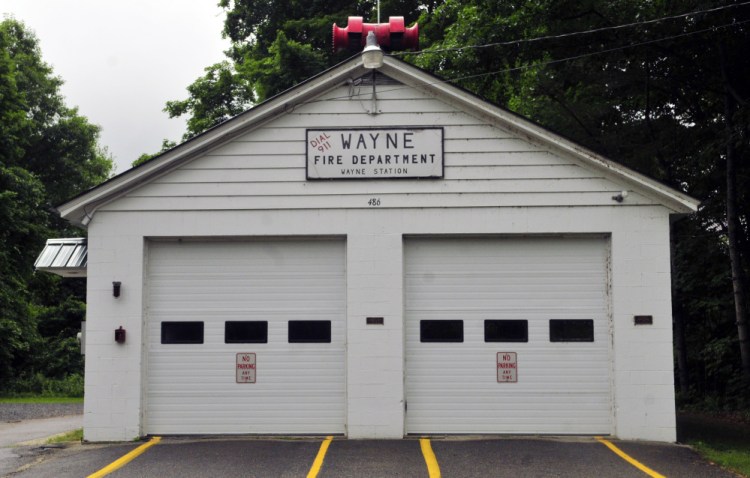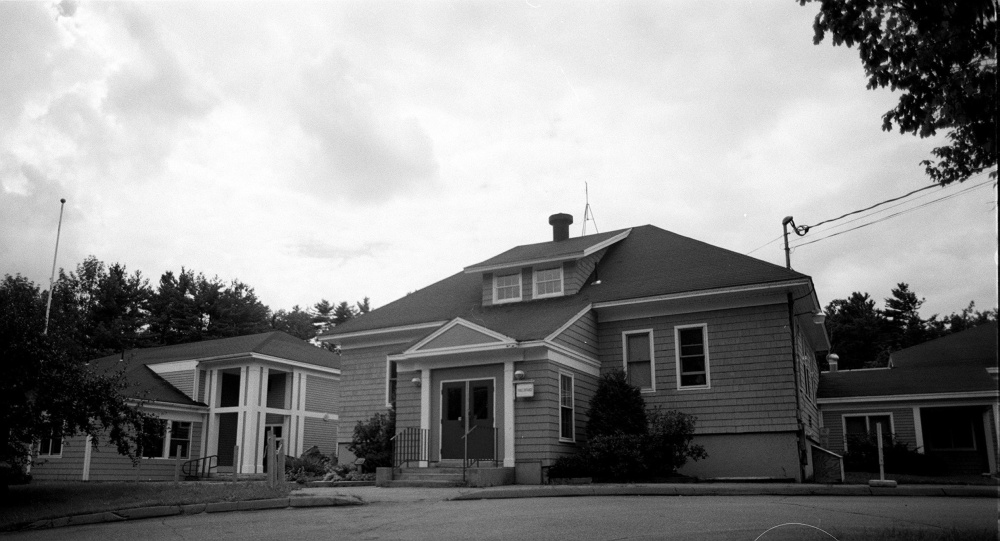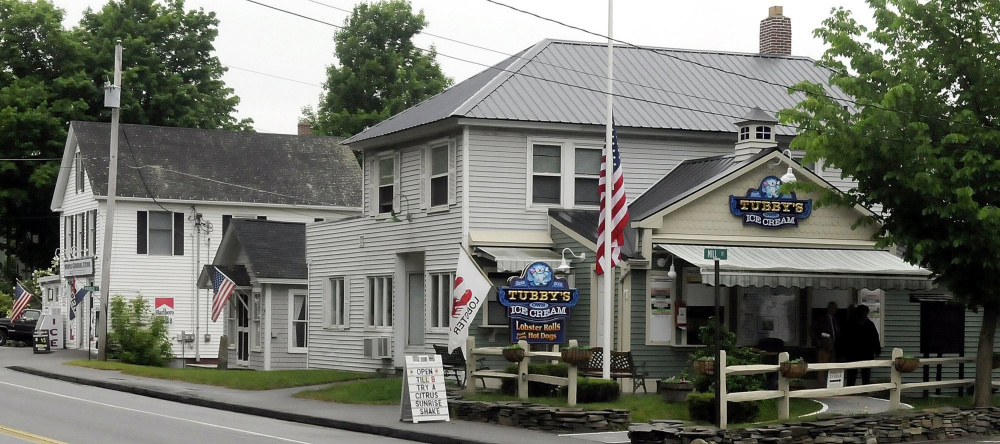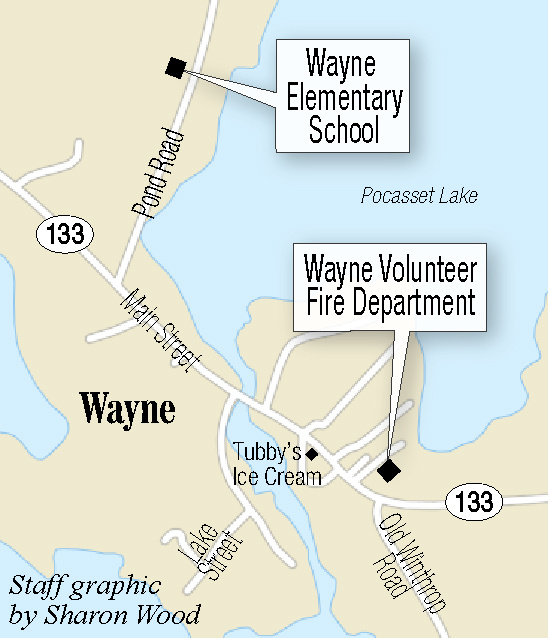Holding on to Wayne Elementary School, preserving and capitalizing on the town’s natural resources and attracting more small businesses are among the goals laid out in a 120-page comprehensive plan approved by Wayne voters during the Town Meeting in mid-June.
A comprehensive plan is a document that lays out the vision for a Maine community, providing guidelines that should inform any long-term planning, conservation and economic development decisions. Under the state’s Growth Management Act of 1989, having an up-to-date comprehensive plan also qualifies the town or city for a number of exemptions and permits.
In Wayne, a committee of volunteers spent three years writing the new plan, which replaced one from 2001. The committee did so in consultation with a number of citizens and organizations.
In drafting the plan, the committee tried to balance protection of the town’s bountiful natural resources with the need to grow and attract young residents. The two goals are complementary, said Theresa Kerchner, a Wayne resident who co-chaired the comprehensive plan committee with Lloyd Irland and is executive director of the Kennebec Land Trust.
“I think the plan underscored that our economy and well-being are linked to natural resources: forests and lakes and agriculture,” Kerchner said. “The tension is always, how do you maximize economic potential and natural assets?”
One clear example of that link is the town’s tax base. Lakefront property accounts for 62 percent of Wayne’s assessed value, so protecting the quality of lake water is important, Kerchner said.
So the comprehensive plan includes a number of environmental recommendations, such as creating a shoreland zoning septic system inspection ordinance, carrying out an “environmental audit” of the downtown area and preserving about 1,000 acres, or 15 percent, of the town’s land that are currently available for development.
At the same time, the comprehensive plan proposes a number of improvements in the town’s facilities and infrastructure, such as the eventual replacement of the town’s firehouse.
The comprehensive plan also urges town officials to do whatever they can to keep the local elementary school open, as its presence can be an incentive for families to move to or stay in Wayne, said Town Manager Aaron Chrostowsky.
“It’s a really small elementary school compared to others in the state,” Chrostowsky said. “There’s some pressure, economic pressure, from bigger towns to close our school, so one of our goals was to find a way to keep the school open, because we feel that having an elementary school in Wayne is a core component of keeping a healthy community and attracting young families.”
Regional School Unit 38 has no current plan to close the Wayne school, said Superintendent Donna Wolfstrom; but about a year ago, the school board did consider moving the town’s fifth-graders to another school in the district, which also includes Readfield, Manchester and Mount Vernon.
Even if there was interest in closing the Wayne school, Wolfstrom added, there is not enough room for students at the district’s other schools.
Wayne Elementary School had 65 students in 2015, according to the comprehensive plan. While enrollment has been shrinking over time at the Wayne school, there has been a slight uptick in the number of kindergarten and first-grade students in the last year, as younger families have started sending their children to school.
The town “lobbied pretty hard” against the move of the fifth-grade students from Wayne Elementary School, Chrostowsky said, “because now you’re taking another grade out of the school, and now you’re taking our enrollment down even more; then it would be easier to close it.”
The comprehensive plan urges town officials to be aware of threats such as those when making development decisions, Chrostowsky said.
Gary Kenny, chairman of the Selectboard, agrees with that directive.
“To me, the most important part (of the new comprehensive plan) is maintaining the viability of the elementary school,” he said, “to both retain young families in town and possibly attract more.”
With the Town Office currently housed in a classroom at the school, Kenny added his hope that enrollment could increase, forcing the town to fill that classroom and find another setting for the Town Office.
Kerchner and Kenny both pointed to a project currently underway in downtown Wayne as an example of the type of development they’d like to see the comprehensive plan promote.
Sustain Wayne, a local nonprofit group, has purchased an out-of-use Masonic Hall on the Mill Pond and is planning a capital fundraising campaign to turn into a community center. That center would include a teaching kitchen, teaching spaces and other assets that would help draw people into the Wayne village, they say.
Kerchner mentioned several other new efforts that are in line with the comprehensive plan’s recommendations, including a committee that is focused on enabling older residents to age in their homes.
While some towns go more than 15 years without updating their comprehensive plans, she said she is optimistic the document won’t become “a paperweight” in the Town Office.
The plan includes a section on implementing each of its goals, and Chrostowsky said the selectmen will hold a workshop toward the end of summer to begin prioritizing those objectives.
Charles Eichacker — 621-5642
Twitter: @ceichacker
Send questions/comments to the editors.







Success. Please wait for the page to reload. If the page does not reload within 5 seconds, please refresh the page.
Enter your email and password to access comments.
Hi, to comment on stories you must . This profile is in addition to your subscription and website login.
Already have a commenting profile? .
Invalid username/password.
Please check your email to confirm and complete your registration.
Only subscribers are eligible to post comments. Please subscribe or login first for digital access. Here’s why.
Use the form below to reset your password. When you've submitted your account email, we will send an email with a reset code.